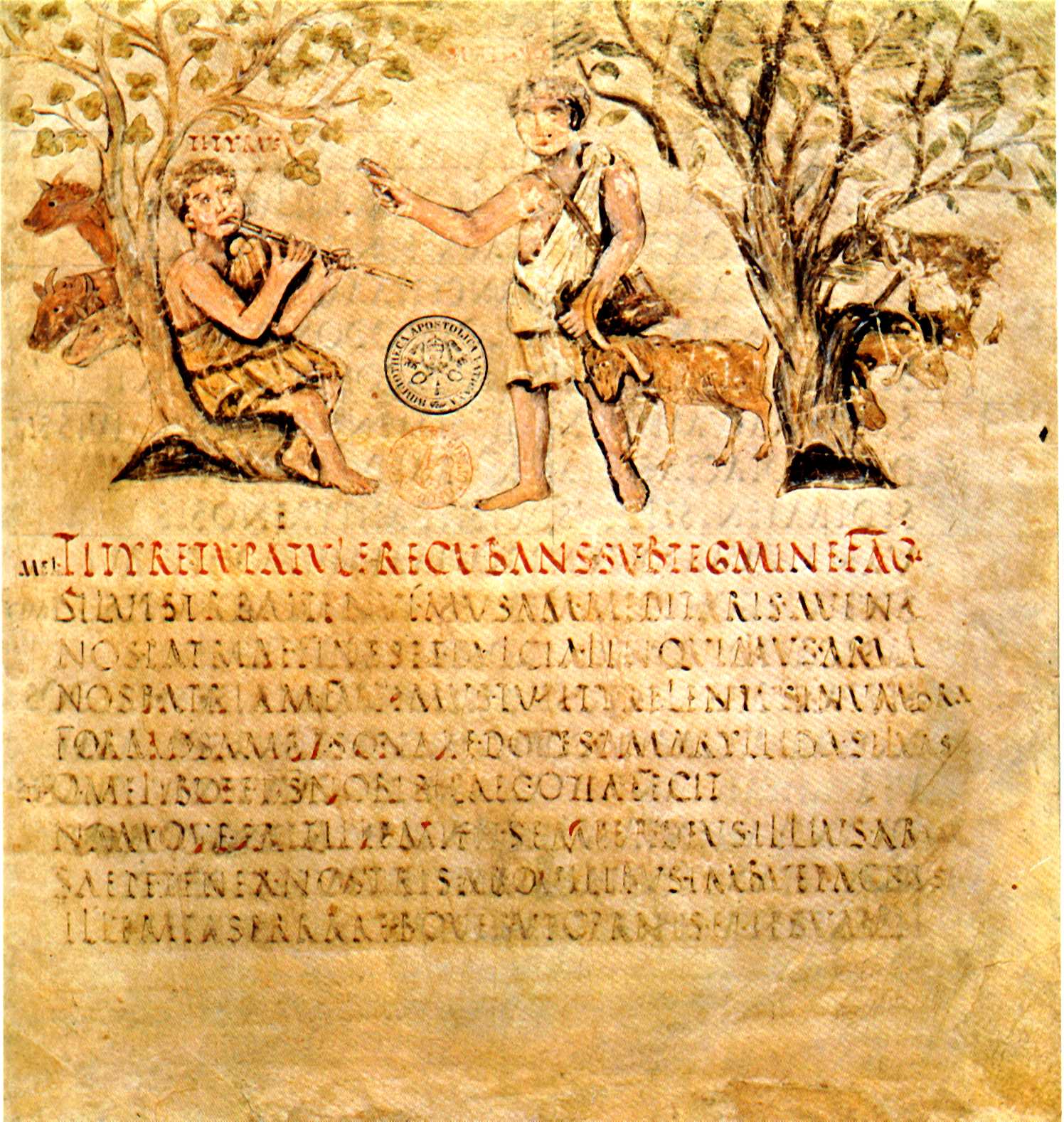

(As a side note: John the Baptist, here to the right of the Virgin Mary, is also often shown with curly hair, and no beard to signify his youthful age.) In this painting Mary Magdalene is in a green robe, and her wavy red hair is prominent. One example is this detail from a large Passion Altarpiece by Master of the Hausbuchs, c1480, in the museum at Freiburg, Germany: In the artistic tradition, scenes of the Crucifixion typically show Mary Magdalene at the foot of the cross, accompanying Mary the Mother of Jesus, and John the Evangelist.

We know from scripture that Mary Magdalene was present when Christ was crucified. Those imaginings also found their way into how Mary was shown in art. Over time, especially in the popular imagination, she became known as a prostitute. Mary Magdalene has also been identified with the unnamed woman in the 7th chapter of Luke’s gospel who was a repentant sinner.

In fact, in some representations, Mary Magdalene is clothed completely in her hair:Īngels bringing Mary Magdalene to Heaven, Berlin, Bode Museum.Ī similar image is in this manuscript in the British Library (see the entire manuscript, here): And she is nearly always shown by artists with long, wavy hair, usually not covered by a veil, and frequently red in color. An example of an image showing this scene is this one from the Morgan Library.īecause of this gospel story, Mary is often shown holding a stone jar. According to John 11:2 and 12:3, Mary of Bethany is the woman who washed the feet of Jesus and dried them with her hair. In the west Mary Magdalene has been long identified with “Mary of Bethany,” the sister of Martha and Lazarus. Grunow does a good job of disassociating Mary from many of the stories attributed to her, for the purposes of this blog post, I’ll highlight a few of the ways that Mary Magdalene has - rightly or wrongly - been interpreted by believers and shown in traditional art. The Gospels give us specific details about Mary Magdalene, that she had been held in the grip of malign spiritual forces, that she was counted among the earliest disciples of the Lord Jesus, that she witnessed his death, burial and was perhaps the first person to glimpse his risen glory. She is charged with the task of proclaiming to the apostles that Christ is risen from dead, a mission that earned her the designation of being “an apostle to the Apostles.” Some will make much of this, understanding her mission as justification for all sorts of ideological claims with their accompanying grievances. I think that Saint Mary Magdalene’s witness simply highlights that the fundamental purpose of the Church’s evangelization project commences with testimony to the resurrection and that all the faithful are charged with this mission. We might project the banners of our ideological preoccupations on Mary Magdalene, but the only banner she holds proclaims Christ’s victory over death. I need to point out that much misinformation about Mary Magdalene has been spread, notably by Dan Brown in his book The Da Vinci Code, but by others as well.įather Steve Grunow has written a piece on the Word on Fire blog, trying to untangle Mary Magdalene from some of the traditions that have grown up around her: I link below to some resources for further reading about the saint, including Amy Welborn’s book, De-coding Mary Magdalene, and Amy’s blog post today which summarizes the current thinking about the saint. There are many aspects to the story and tradition of Mary Magdalene.

Because of her witness, Mary Magdalene is known as the “apostle to the apostles.” Her role as eyewitness is the foundation for the central truth of Christianity: that Christ conquered sin and death by rising on the third day. It’s fitting in many ways, most especially since the gospels credit her as being the first witness to the empty tomb of resurrected Christ. Mary Magdalene has been a popular saint throughout history, especially in medieval times. Today, July 22, is the Feast day of Mary Magdalene, follower of Jesus. Quentin Massys, the Sorrowing Mary Magdalene, c1525, Gemadegalerie, Berlin


 0 kommentar(er)
0 kommentar(er)
